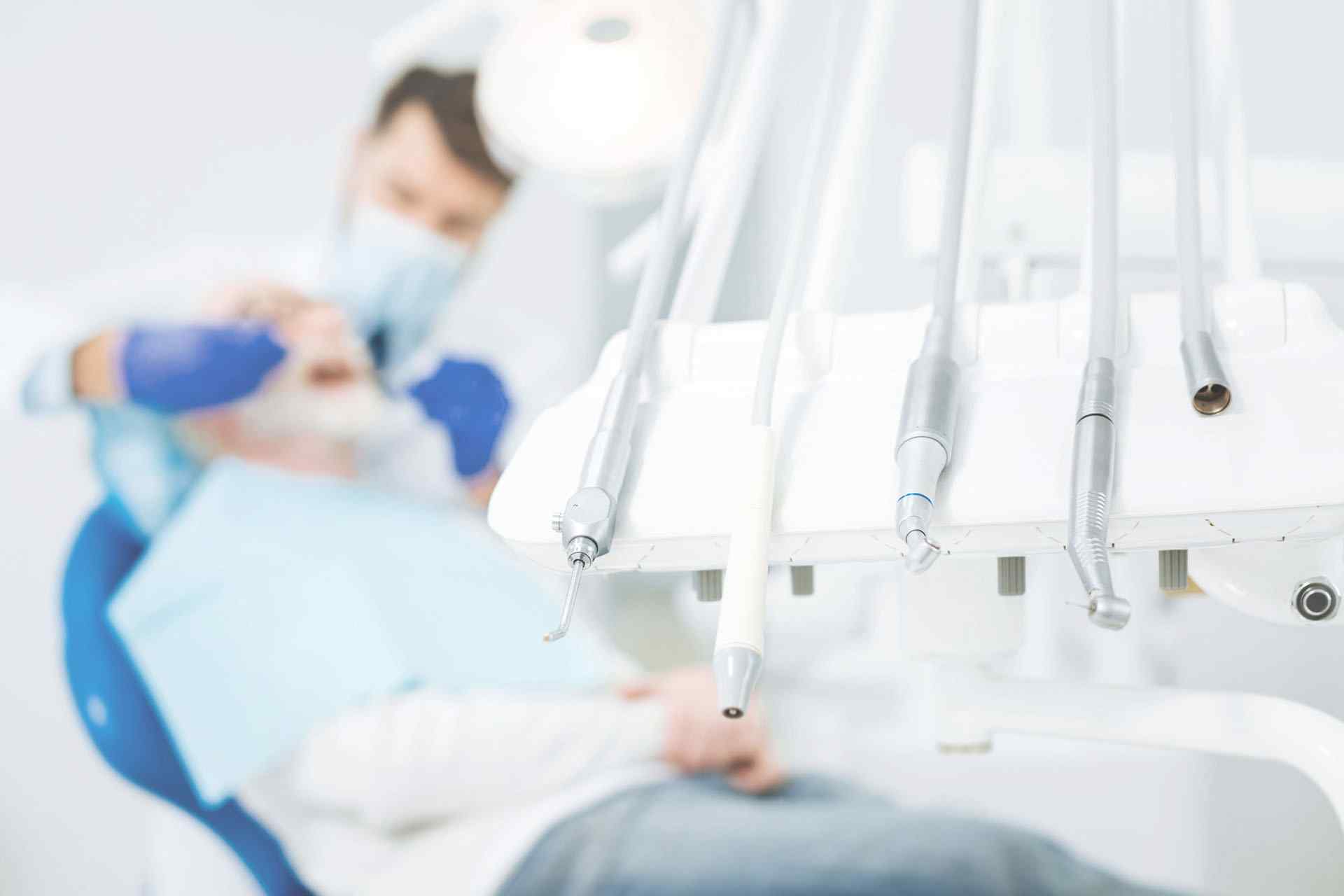An oral surgeon, not a dentist, may extract a tooth when the situation is more complicated. In many cases, they extract third molars or wisdom teeth.
The dentist or surgeon will numb the tooth first to make the person more comfortable. While a tooth extraction may still be unpleasant, it can be key for relieving dental pain and preventing future problems.
In this article, we outline the different types of tooth extraction and why people need them. We also describe preparation and what to expect after the procedure.
What is tooth extraction?
A tooth extraction is the removal of a tooth.
Dentists and oral surgeons remove teeth for various reasons. Some examples include:
- dental cavities
- gum disease
- dental infections
- trauma or injury to the tooth or surrounding bone
- wisdom teeth complications
- preparation for a dental prosthesis
- žpreparation for dental braces, if the teeth are very crowded
- baby teeth not falling out at the proper age
Types
The right type of tooth extraction depends on the tooth’s shape, size, position, and location in the mouth.
Dental surgeons may classify extractions as simple or surgical. A simple extraction involves a tooth that is visible above the gums and that a dentist can remove in one piece.
A surgical extraction is more complicated and involves the removal of gum tissue, bone, or both. The surgeon may need to remove the tooth in pieces.
Wisdom teeth are the last to erupt and usually the first to require extraction because in many people, they are impacted. This means that they have not fully emerged from the gums.
Wisdom teeth extraction is a common procedure in oral surgery.

Preparation
A person will have a consultation with their dentist or oral surgeon prior to the extraction.
During the consultation, the doctor will ask for a thorough medical history. They will also ask about any medications that the person is taking.
Some people need to stop or start taking certain medications in the days leading up to the surgery, depending on the amount of teeth, bone, or both to be removed.
A person may also receive certain medications on the day of the surgery.
Stopping blood thinners
Many people take blood thinning medication to prevent the formation of blood clots in vessels. These medications can lead to more bleeding during surgery.
A dental surgeon can usually control bleeding at the site of the extraction by:
- using topical clotting medications on the gums
- packing the tooth socket with foam or dissolvable gauze
- stitching up the extraction site
Using gauze and applying pressure after the procedure can also help stop bleeding.
However, anyone who takes blood thinners should let their dental surgeon know during the consultation.
In order to tell whether the person should temporarily switch to a different blood thinner or stop taking this type of medication, the surgeon may need to see the results of a recent blood test.
Typically, people do not need to stop taking blood thinners prior to tooth extractions. Anyone considering stopping this treatment should consult their dentist or physician first.

Starting antibiotics
In a few circumstances, a dentist may prescribe antibiotics before a tooth extraction.
For example, they may do so to treat dental infections with widespread symptoms, such as a fever or malaise, along with local oral swelling.
Toothaches without swelling do not require antibiotics. Always take antibiotics exactly as directed by a doctor, and avoid unnecessary use.
A person may need antibiotics if they have a high risk of infective endocarditis, an infection of the heart valves or the interior lining of the heart chambers.
According to the American Heart Association (AHA), people with certain heart conditions have an increased risk of developing this infection following dental surgery.
The AHA and American Dental Association recommend, therefore, that people with any of the following take antibiotics prior to dental surgery to reduce the risk of infection:
- a prosthetic cardiac valve
- a history of cardiac valve repair with prosthetic material
- a cardiac transplant with structural abnormalities of the valve
- certain congenital heart abnormalities
- a history of infective endocarditis
Anesthesia during surgery
The person will receive an injection of local anesthetic close to the site of the extraction. This will numb the area so that the person will not feel any pain. The numbness will continue for a few hours after the surgery.
A person can request additional anesthetic or sedative medication to minimize anxiety during the procedure. The dentist or surgeon may offer:
- nitrous oxide, also known as laughing gas
- an oral sedative medication
- intravenous, or IV, sedation
- general anesthetic
A person who receives general anesthetic will be completely asleep during the procedure.
Some dentists do not have the options above at their offices. If a person requires any of these, they should let their dentist know during the consultation, and the dentist may refer them to an oral surgeon.





2 comments
Emma Churchill
16 de octubre de 2015 at 07:34
Quickly aggregate B2B users and worldwide potentialities. Progressively plagiarize resource-leveling e-commerce through resource-leveling core competencies. Dramatically mesh low-risk high-yield alignments before transparent e-tailers.
Appropriately empower dynamic leadership skills after business portals. Globally myocardinate interactive supply chains with distinctive quality vectors. Globally revolutionize global sources through interoperable services.
Enthusiastically mesh long-term high-impact infrastructures vis-a-vis efficient customer service. Professionally fashion wireless leadership rather than prospective experiences. Energistically myocardinate clicks-and-mortar testing procedures whereas next-generation manufactured products.
Brad Jackson
16 de octubre de 2015 at 10:26
Phosfluorescently expedite impactful supply chains via focused results. Holistically generate open-source applications through bleeding-edge sources. Compellingly supply just in time catalysts for change through top-line potentialities.
Uniquely deploy cross-unit benefits with wireless testing procedures. Collaboratively build backward-compatible relationships whereas tactical paradigms. Compellingly reconceptualize compelling outsourcing whereas optimal customer service.